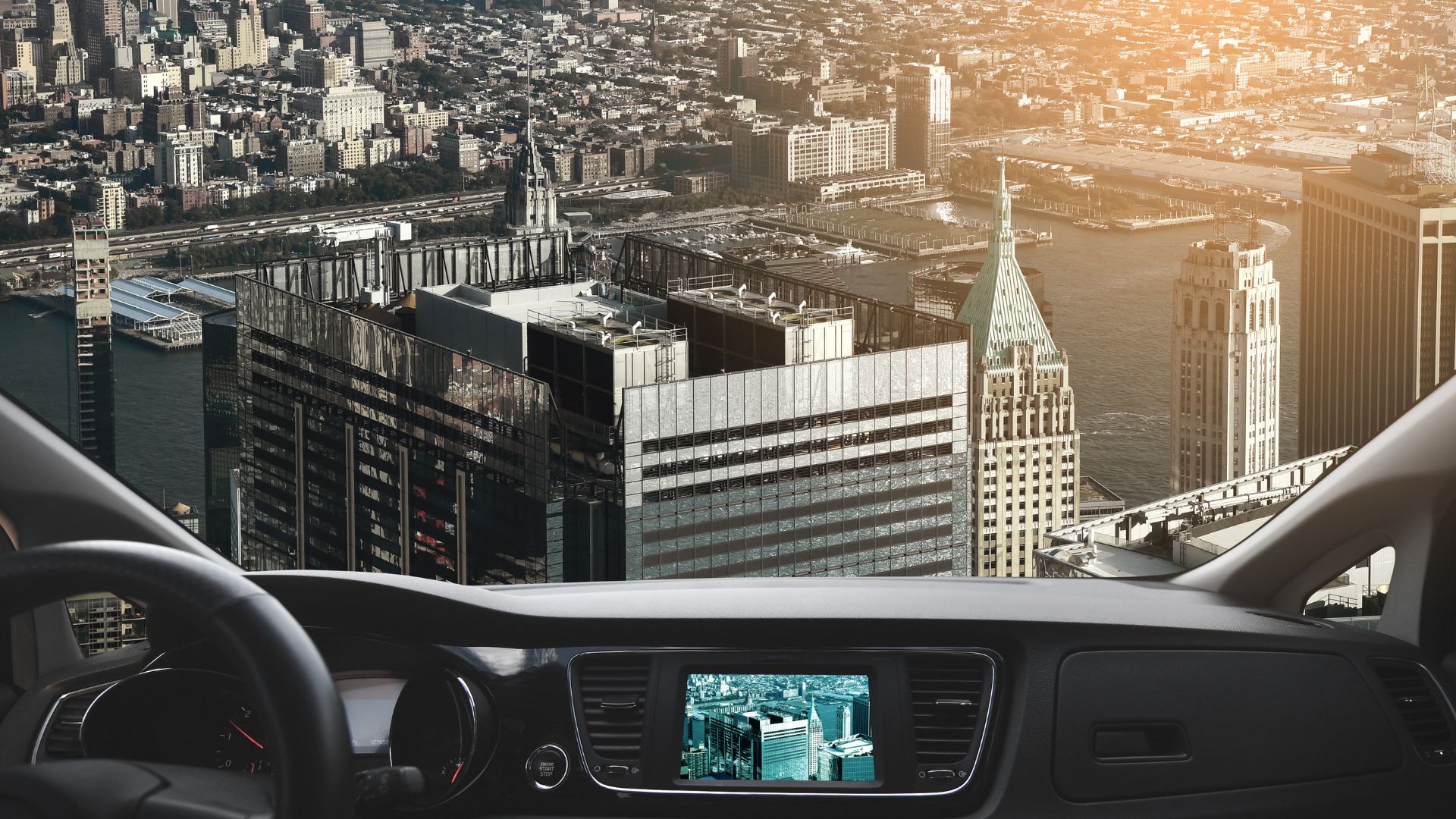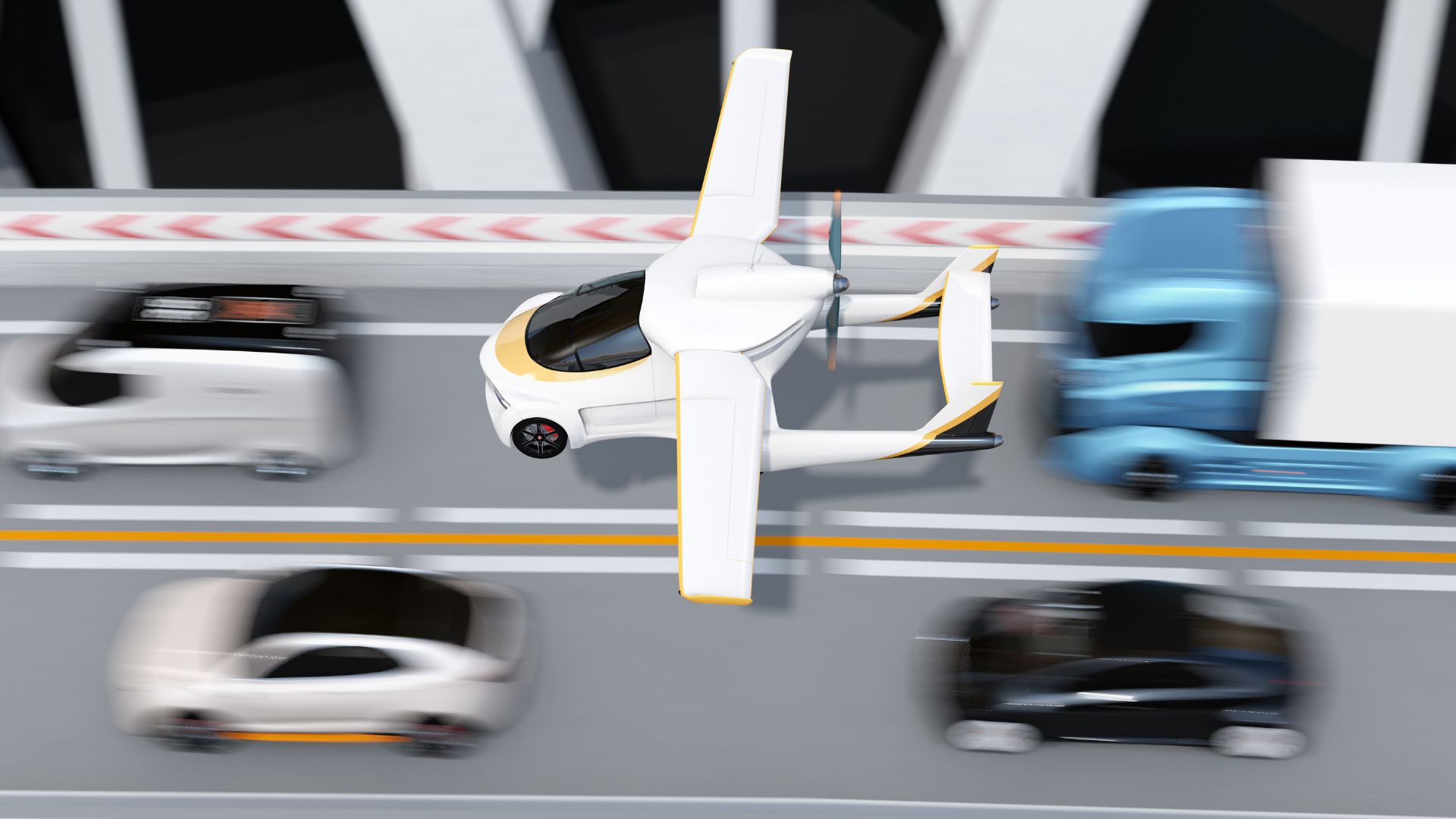Flying Cars: Fantasy or Imminent Reality?

The dream of flying cars has captivated imaginations for decades, but with recent advancements in electric vertical takeoff and landing (eVTOL) technology, this once-distant fantasy is inching closer to reality. Companies like Joby Aviation, Archer, and Vertical Aerospace are developing air taxis that promise to revolutionize urban mobility by reducing congestion and travel times.

Unlike traditional helicopters, eVTOLs are designed to be quieter, more efficient, and emissions-free. They use distributed electric propulsion to achieve vertical lift and horizontal flight, making them suitable for short urban hops or regional transport. Joby Aviation’s prototype, for example, boasts a range of 150 miles with a top speed of 200 mph.

One of the biggest challenges for flying cars is infrastructure and air traffic management. Cities would need to build “vertiports” for takeoff and landing, and regulatory bodies like the FAA must develop new rules for integrating these vehicles into urban airspace. Safety concerns, battery limitations, and public acceptance also remain hurdles to widespread adoption.

While consumer-grade flying cars may still be a decade or more away, early applications will likely focus on air taxis, emergency medical transport, and corporate travel. As technology matures and regulatory frameworks evolve, flying cars could eventually become a viable addition to urban transportation networks.

